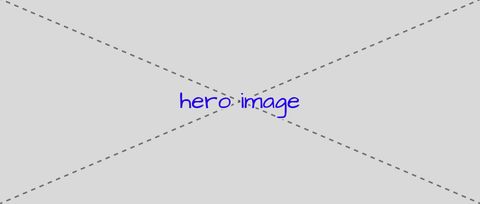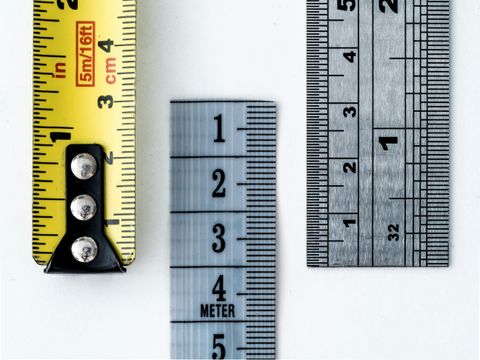This post was edited on April 24, 2017 to recommend not using any
safe-get-function utilities. See below for details.
The Sass 3.5 Release Candidate includes support for first-class
functions and the resulting get-function() function. I just said
“function” too many times in a single sentence. Get used to it, there’s
more. We’ll explain the problem, and help you call all the functions in
every version of Sass!
Calling Functions
Normally, when we’re using functions in Sass, we know what function we
need, and we can reference it directly:
.span {
width: span(3);
}
But when we build toolkits in Sass, it’s common that we don’t know for
sure what function we’ll be calling. In OddBird’s Accoutrement tools
we even let the user pass in arbitrary functions and arguments that
we’ll call at the right time to manipulate CSS colors and sizes.
In order to call functions without knowing the function name in advance,
we have to use the call() function. Here’s how it works on the current
versions of Sass:
$function: 'span';
.span {
width: call($function, 3);
}
Those two code samples will return the same results. The first is more
direct, but the second is more flexible for use in a toolkit.
Introducing the get-function function
Sass is taking a first step towards modular namespacing – expected to
land in the 4.0 release. This will allow you to include third-party
tools without any concern for naming conflicts.
Functions will be namespaced locally to a given Sass file – something
like susy.span(), though the syntax hasn’t been settled. The new
get-function() allows us to capture a snapshot of a function into a
variable, and pass that snapshot into new namespacing contexts.
$my-function: get-function('susy.span');
In Sass 3.5 and later, the call() function only accepts first-class
functions, where it used to accept function names as a string. In brief,
we have to start using get-function('function-name') before calling a
function using call() – but only in new versions of Sass.
In demo code, people often write it like this:
$call: call(get-function('susy.span'), $arguments...);
That code is misleading. It made me wonder why get-function isn’t
simply baked into call, so we can pass a first-class function or a
string depending on the context.
Since call is most often used by third-party tools, living in a
different context and namespace, the user will have to capture functions
themselves, before passing them to the toolkit. While call happens
internally, the get-function has to happen in the user’s code.
A more accurate demonstration might be:
@mixin three-wide($function) {
width: call($function, 3);
}
@import 'susy';
@import 'third-party-toolkit';
$span-function: get-function('susy-span');
@include three-wide($span-function);
So how do we support old and new versions of Sass, while allowing users
to pass in either strings or first-class functions?
Probably Don’t Worry About It
After a long conversation with Chris Eppstein, one of the Sass language
designers, it’s clear that the change rests entirely in the hands of
users. Most toolkits can continue to use call as they always have, but
users upgrading to Sass 3.5+ should begin to capture functions before
passing them anywhere outside the local context.
OddBird’s Sass Accoutrement tools, for example, allow users to pass
in an arbitrary function. Once users upgrade to Sass 3.5, they should
be sure to get the function before passing it in. Meanwhile, our tools
will continue to use call internally, without any changes.
One Exception
There is one exception, where I use call internally, with known local
functions in a loop. The purpose of call in this case is not to accept
arbitrary functions from the user, but to DRY our code with a loop of
local functions.
To handle that, we use a few lines of code to make sure we get the
function in newer versions of Sass, without breaking older versions:
@each $key, $value in $config {
$function: 'susy-normalize-#{$key}';
@if function-exists('get-function') {
$function: get-function($function);
}
$result: call($function, $value);
}
This is basically identical to Kaelig’s solution, which initially
inspired my post. It should work on all versions of Sass, but should
only be used internally, calling local functions (e.g. known functions
defined in the same partial).
Have you played with Sass 3.5 already? Did we miss anything important?
Let us know via Twitter!



